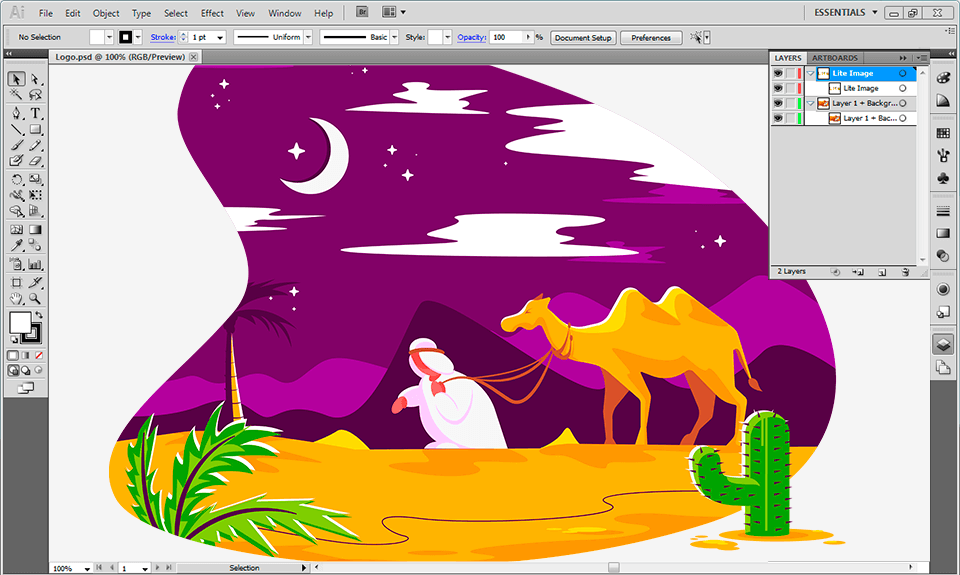

- #How to make adobe illustrator free trial permanent how to#
- #How to make adobe illustrator free trial permanent software#
I have a tutorial on removing background with GIMP here.
#How to make adobe illustrator free trial permanent software#
If you’d like to use an application more suitable for removing backgrounds from images then check out GIMP - a free and open source photo manipulation software similar to Photoshop. Like I previously mentioned, Illustrator isn’t the best tool for this sort of task, but it can certainly get the job done.
#How to make adobe illustrator free trial permanent how to#
That should do it for today’s tutorial on how to remove a white background with Adobe Illustrator. This is Illustrator’s native format that will allow you to pick up where you left off later on. If at any point you want to go back and make changes to your work, you can save your document separately as an AI file. Now click Export Artboard to export your image and navigate to the file location on your hard drive to confirm that the white background has indeed been removed and replaced with transparency. Once you have your settings in place, delete any other scales that may be listed by clicking the X icon to the right of them. If you export your image as a JPG file then it’s going to make the background white by default, which defeats the entire purpose of this tutorial. It’s important that you choose PNG over any other format because PNG allows for transparency layers, whereas JPG does not. Finally, under the Formats section, click Add Scale and choose the following settings… Scale Suffix Format 1x None PNG You can choose the folder location to export it to by clicking the folder icon in the upper-right portion of the menu. You can choose the file name by changing the name of the artboard in the top-left portion of the menu. Navigate to File > Export > Export for Screens to bring up the Export menu. If you’re unsure about how to do this then check out the tutorial I made about sizing your artwork to the artboard with Illustrator.Īfter you have removed the white background from your image and placed a new artboard around it, it’s time to export your work. Then you can delete the original artboard. Grab the Artboard Tool (keyboard shortcut: shift + o) then click on your image twice to create a new artboard around it, but make sure to move your image off of the original artboard and into the gray area first. Now that you’ve cropped the subject of your image from your background, it’s time to export your finished work. You can undo this at any point by navigating to Object > Clipping Mask > Release. You can even move the image off of the artboard to see the gray background of Illustrator showing through. This will effectively remove the white background from your image. To make your clipping mask, select both your object and the image and navigate to Object > Clipping Mask > Make. It can be undone at any point in the future if you so desire. You can use your object to grab only the portion of the image that the object occupies.Īn added benefit of using this approach is that it’s not permanent. Think of your object as the cookie cutter and your image is the dough. In order to remove a white background with Adobe Illustrator, we’re technically not going to remove the background we’re simply going to extract the subject from the photo by making a clipping mask.Ī clipping mask sort of works the same way a cookie cutter works. If you’re not familiar with the Pen Tool yet, make sure to check out a tutorial I recently made on how to use the Pen Tool. To create this object I used the Pen Tool and drew it manually. Scale the overall appearance including end-points, line thickness and font size to suit your artwork.The green object will be used as a clipping mask and everything outside of it (the white background) will become transparent.Specify the length and width of end-points.Choose different end-points from Arrows, Circles, Diamonds, Slashes or none.


Choose from standard metric, imperial and printing measurement units.Add dimension to multiple shapes at once.Convert any straight line to a dimension line, combined with illustrators smart guides, this is a quick and powerful way to add dimension lines to any artwork.Create horizontal and vertical dimensions with the click of a button.Quickly add dimensions to technical plans and job visuals. If your interested in this Dimension PowerScript, Also check out the Dimension+ Package here which includes 7 PowerScripts


 0 kommentar(er)
0 kommentar(er)
